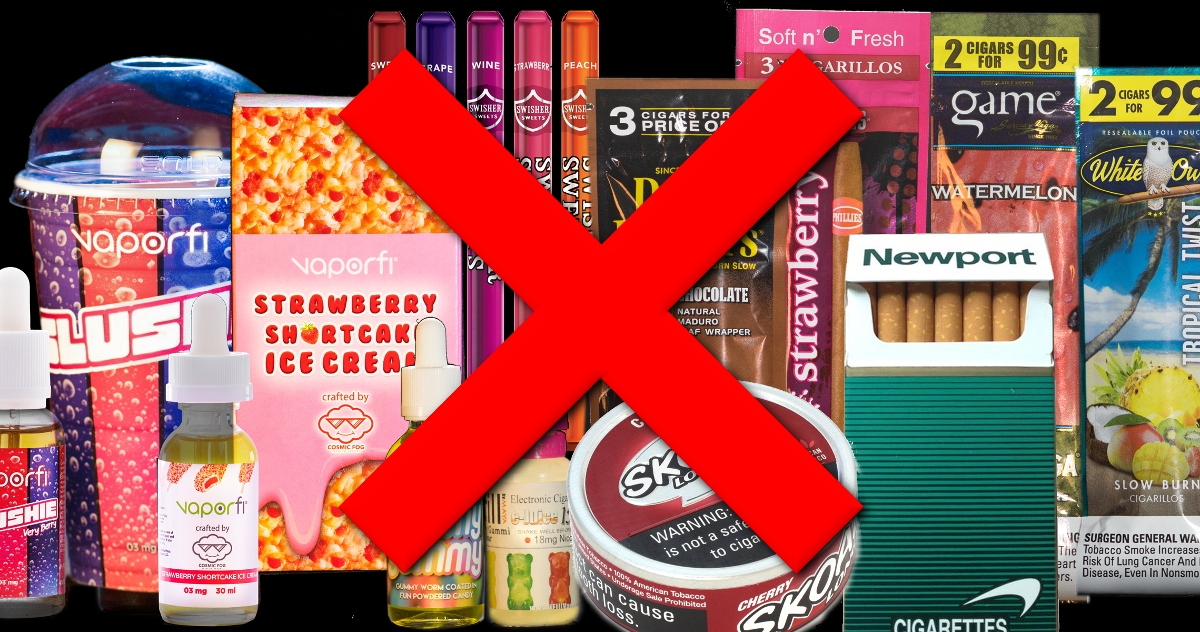Contents
- 1 Introduction to Flavored Tobacco and Public Health Concerns
- 2 The Rationale Behind Banning Flavored Tobacco
- 3 The Effects of Flavored Tobacco Bans in Various Locations
- 4 Public Perception and Community Responses
- 5 Legal Challenges and Industry Reactions
- 6 The Future of Tobacco Regulation and Flavor Bans
- 7 Education and Prevention Strategies in the Wake of Bans
- 8 International Perspective on Flavored Tobacco Bans
- 9 Addressing Criticisms and Concerns about Flavored Tobacco Bans
- 10 Conclusion: Balancing Public Health Priorities with Consumer Choices
Introduction to Flavored Tobacco and Public Health Concerns
The introduction of flavored tobacco has reignited debates within public health circles. These products, which include a variety of flavors that mask the natural harshness of tobacco, are particularly worrying to health officials who see them as a gateway for young people and non-smokers to pick up the habit. The attractiveness of flavors has exacerbated the challenges of anti-tobacco campaigns, leading to calls for strict regulations to address this burgeoning issue. In the case of preventing tobacco usage, particularly among youths, the flavored tobacco ban is seen as a proactive step in dissuading the initiation of smoking habits to forestall new generations of smokers.

The Rationale Behind Banning Flavored Tobacco
A critical factor in the push for the prohibition of flavored tobacco is the undeniable allure these products have for the younger demographic. Slick marketing tactics combined with candy-like flavors contribute to the false perception that these products are less harmful than non-flavored tobacco. The risk is two-fold: novice smokers might be inadvertently lured into addiction, and existing smokers may find it harder to quit due to these enticing alternatives. Proponents of flavored tobacco bans argue that removing these flavors from the market will make it easier to blunt the progression of this public health concern.
The Effects of Flavored Tobacco Bans in Various Locations
Empirical evidence is fundamental to understanding the real-world outcomes of legislation, and flavored tobacco is no exception. Based on reports where flavor bans have been in effect, such as in San Francisco, a marked decline in both tobacco sales and reported rates of youth smoking follows. These findings are valuable in assessing whether such bans can curb smoking rates and thus decrease the associated health burdens.
Public Perception and Community Responses
The perspective on flavor bans extends beyond the confines of health officials and industry lobbyists to encompass the broad spectrum of society. Public sentiment can swing widely, as showcased in research and opinion polls such as those conducted by reputable industry experts. The common thread among these views is the desire to balance individual choices with community health benefits. These mixed reactions highlight the delicate nature of implementing policies directly affecting personal habits and livelihoods.
Legal Challenges and Industry Reactions
Initiatives to enact flavor bans almost invariably encounter organized resistance, mainly from the tobacco industry. This resistance often manifests as legal challenges seeking to overturn or stall regulatory measures. For instance, small business owners who rely on tobacco sales posit arguments for economic harm and overreach. Delving into the spectrum of these reactions weaves a complex narrative of industry opposition firmly grounded in the defense of market principles and consumer autonomy.
The Future of Tobacco Regulation and Flavor Bans
As we peer into the horizon of tobacco control, the evolving regulatory paradigm looms large. New cessation technologies may alter the landscape, reducing dependency on flavors as a crutch for quitting. This could diminish the rallying cries for bans and foster innovation in developing less harmful alternatives. Regardless, it is clear that a proactive and adaptable approach to public health policy will remain crucial in effectively managing tobacco consumption in an ever-changing market.
Education and Prevention Strategies in the Wake of Bans
Alongside regulation, comprehensive public health strategies focusing on prevention and education are paramount. Effectively communicating the risks associated with flavored tobacco and engaging communities in preventive measures has been shown to deter uptake, particularly among young people, significantly. As examples from various locales demonstrate, these integrated approaches leverage bans as one element of a broader, more nuanced preventive framework.
International Perspective on Flavored Tobacco Bans
A global perspective on regulating flavored tobacco unearths various policy responses. Different nations have enacted bans with varying degrees of severity, while others have pursued less stringent controls. This international mosaic provides a platform to analyze and derive best practices to inform and refine domestic policy decisions.
Addressing Criticisms and Concerns about Flavored Tobacco Bans
The debate over flavored tobacco bans does not exist in a vacuum and invites many critiques and concerns. Economic repercussions are at the forefront for small retailers, while questions about the encroachment of individual freedoms stir robust debate. Harm reduction proponents warn of potential unintended consequences, such as the migration of consumers to more harmful products. Navigating these contentious waters requires a balanced and informed dialogue that weighs the priorities of public health against the rights and choices of individuals.
Conclusion: Balancing Public Health Priorities with Consumer Choices
The challenge of implementing flavored tobacco bans encapsulates the tension between advocating for public health and respecting individual autonomy. As various stakeholders from health sectors, governments, and the tobacco industry engage in debate, it’s evident that achieving consensus is a delicate process. Reflecting on the evidence, opinions, and results of flavor bans at both domestic and international levels aids in moving towards a consensus that aligns public health needs while considering consumer freedoms.



